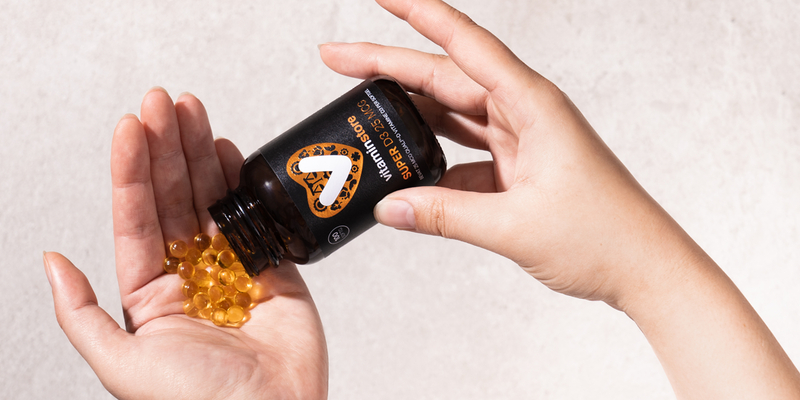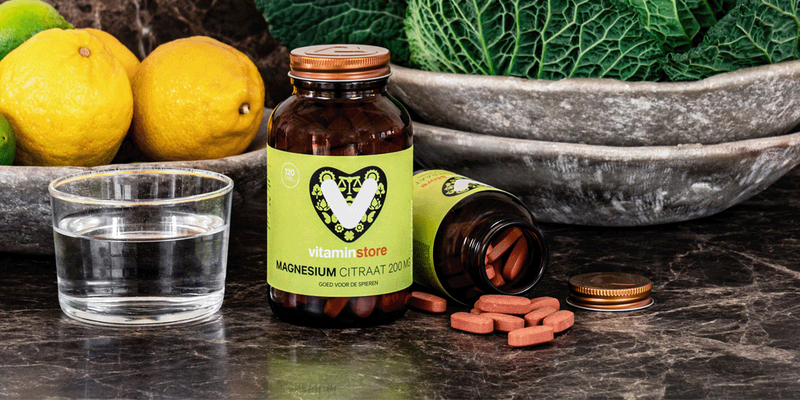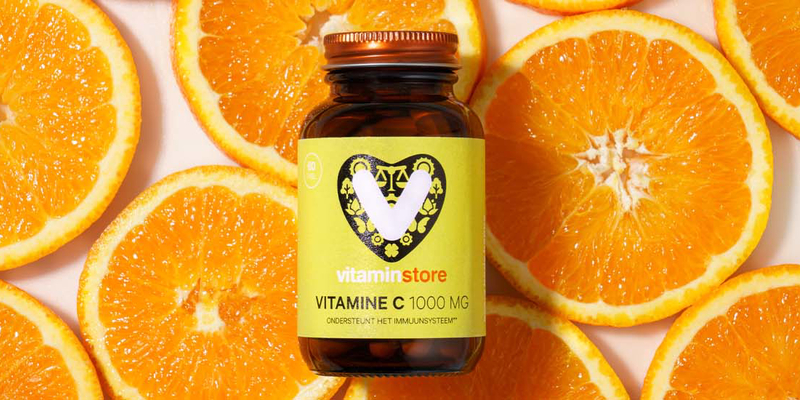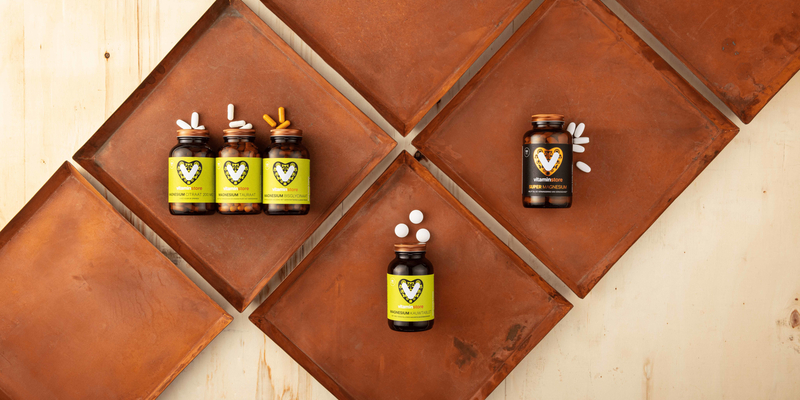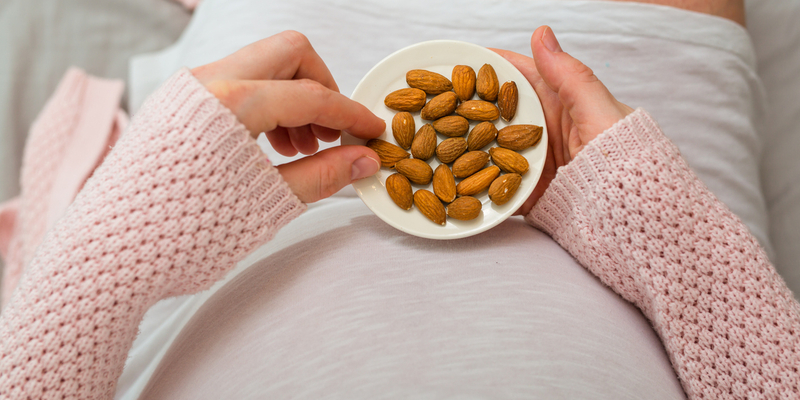
All About Creatine
Are you an active athlete familiar with creatine? Hopefully, you are! Creatine is one of the most researched and popular supplements among athletes and fitness enthusiasts. This white powder offers various benefits in the field of sports. But what exactly is creatine, how does it work, and what are its pros and cons? In this blog, you'll discover everything you need to know about creatine.
What is creatine?
Creatine was discovered in 1832 and naturally occurs in your body, mainly in your muscles and nerve cells. Your body forms creatine in the liver and kidneys from the amino acids methionine, arginine, and glycine, of which only the first is essential. You also get a small amount of creatine from foods like red meat, fish, and chicken. It plays a crucial role in your body's energy delivery system, especially during short, explosive efforts like sprinting or weightlifting.
Who is creatine for?
Many people associate creatine with roaring powerlifters and bodybuilders, but it is actually useful for many more people. Creatine is a unique powder specially balanced for athletes who engage in explosive sports. Think of sprinting, weightlifting, or crossfit, for example. Creatine improves performance in explosive strength efforts with a daily intake of 3 g of creatine. Women can also benefit from creatine, despite the persistent myth that it is only suitable for men.
Where is creatine found?
As mentioned earlier, you can also obtain creatine through your diet. Foods such as herring, red meat, fish, and chicken naturally contain creatine. As you can see, creatine is primarily found in animal sources. Although these foods contain creatine, it is often not enough to truly experience the benefits of creatine.
To get a lot of creatine, you would need to eat quite large amounts of these foods. That can be made easier. That's why many people choose to supplement their creatine intake with a supplement. Another advantage is that most creatine supplements are vegan. This is because the most common form of creatine - creatine monohydrate - is synthetic and usually made from sarcosine and cyanamide. This allows you to experience the benefits of creatine without animal products.
What are the different types of creatine?
There are various types of creatine on the market, but the most popular and researched form is creatine monohydrate. Other variants, such as creatine ethyl ester and creatine hydrochloride, promise better absorption rates or less water retention in the body. Yet, creatine monohydrate remains the gold standard due to its proven effectiveness and safety. Want to know more? Read here how to recognise the best creatine.
What does creatine do?
First, a small piece of biology about our muscles. What exactly enables us to sprint, for example?
During short, explosive efforts lasting only a few seconds, such as sprints or weightlifting, our muscles use ATP (adenosine triphosphate) as a direct energy source. When ATP is broken down into ADP (adenosine diphosphate), energy is released. This energy is used for muscle contraction, allowing us to move.
Because the amount of ATP in the muscles is limited, it is important that ADP is quickly converted back into ATP. Creatine plays a crucial role in this process. In the muscles, creatine is converted into creatine phosphate. This creatine phosphate can quickly donate a phosphate group to ADP to convert it back into ATP. This process is important during short, explosive efforts where the demand for quick energy is high.1,2
ATP can also be replenished through other energy systems that use carbohydrates and fats. These processes just take a bit longer. For short efforts, such as high jumping, weightlifting, and sprinting, the creatine phosphate system is dominant.3
The amount of creatine phosphate available in the muscles is limited. By taking creatine supplements, the creatine phosphate stores in the muscles can be increased. These are the benefits of creatine for explosive strength efforts, with a daily intake of at least 3g of creatine:
- Helps improve performance
- Stimulates muscle growth
- Supports stronger muscles
Are there any side effects of creatine?
While creatine is generally safe, there are a few side effects to be aware of.4 The most common is that your body retains water, but only if you don't drink enough water with it.5 But fear not, this fluid is retained in your muscles. This fluid does cause a temporary weight gain. Keep drinking enough water, and your body will resolve this itself. So, this is not something to worry about. A months-long study of athletes using creatine showed no side effects or health disadvantages.6
It is important to stick to the recommended dosages and consult a doctor if you have health issues.
How do you use creatine?
The most common way to use creatine is by taking a daily maintenance dose of 3-5 grams. You can easily mix this with water or your sports drink.
Some people opt for a loading phase. During this phase, they take a higher dose (20 grams per day) for 5-7 days to quickly increase the creatine stores in their muscles. You then divide these 20 grams over the day into, for example, 4 servings of 5 grams.
A loading phase is not necessarily required. You can also choose a more gradual approach. It may then take several weeks to build up the creatine stores in your muscles. Creatine draws body fluid into the muscles. It is therefore important to keep drinking well. Read more here about when to take creatine.
How much creatine per day?
The recommended daily dose of creatine is between 3 and 5 grams. This amount is sufficient to maintain the creatine stores in your muscles and achieve your goals. Women can follow the same dosage as men. Taking too much creatine has no additional benefits and can cause unnecessary side effects.
Good to know
Creatine is one of the most effective supplements for improving your sports performance and muscle strength during explosive strength efforts with a minimum daily intake of 3g of creatine. It is safe, affordable, and easy to use. Remember that creatine use is always a supplement to a good training regimen, enough sleep, and a healthy and varied diet. Do you participate in strength sports or another explosive form of training and want to get the most out of your workouts? Then creatine can be a good addition.
Sources
- Earnest, C. P., Snell, P. G., Rodriguez, R., Almada, A. L., & Mitchell, T. L. (1995). The effect of creatine monohydrate ingestion on anaerobic power indices, muscular strength and body composition. Acta Physiologica Scandinavica, 153(2), 207.
- Kreider, R. B. (2003). Effects of creatine supplementation on performance and training adaptations. Molecular and cellular biochemistry, 244, 89-94.
- Greenhaff, P. L. (2001). The creatine-phosphocreatine system: there's more than one song in its repertoire. The Journal of physiology, 537(Pt 3), 657.
- Bizzarini, E., & De Angelis, L. (2004). Is the use of oral creatine supplementation safe?. Journal of Sports Medicine and Physical Fitness, 44(4), 411.
- e Silva, A. D. S., Pertille, A., Barbosa, C. G. R., de Oliveira Silva, J. A., de Jesus, D. V., Ribeiro, A. G. S. V., ... & de Oliveira, J. J. (2019). Effects of creatine supplementation on renal function: a systematic review and meta-analysis. Journal of Renal Nutrition, 29(6), 480-489.
- Hall, M., & Trojian, T. H. (2013). Creatine supplementation. Current sports medicine reports, 12(4), 240-244.
- Kreider, R. B., Melton, C., Rasmussen, C. J., Greenwood, M., Lancaster, S., Cantler, E. C., ... & Almada, A. L. (2003). Long-term creatine supplementation does not significantly affect clinical markers of health in athletes. Molecular and cellular biochemistry, 244, 95-104.
- LOON, L. J. V., Oosterlaar, A. M., Hartgens, F., Hesselink, M. K., Snow, R. J., & Wagenmakers, A. J. (2003). Effects of creatineloading and prolonged creatine supplementation on body composition, fuel selection, sprint and endurance performance in humans. Clinical science, 104(2), 153-162.
- Preen, D., Dawson, B., Goodman, C., Lawrence, S., Beilby, J., & Ching, S. (2001). Effect of creatine loading on long-term sprint exercise performance and metabolism. Medicine & Science in Sports & Exercise, 33(5), 814-821.


